悪路搬送に強い!
かんたん多台数制御を実現!
フレキシブル次世代搬送ロボット

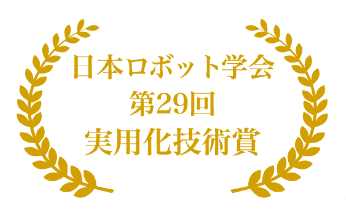


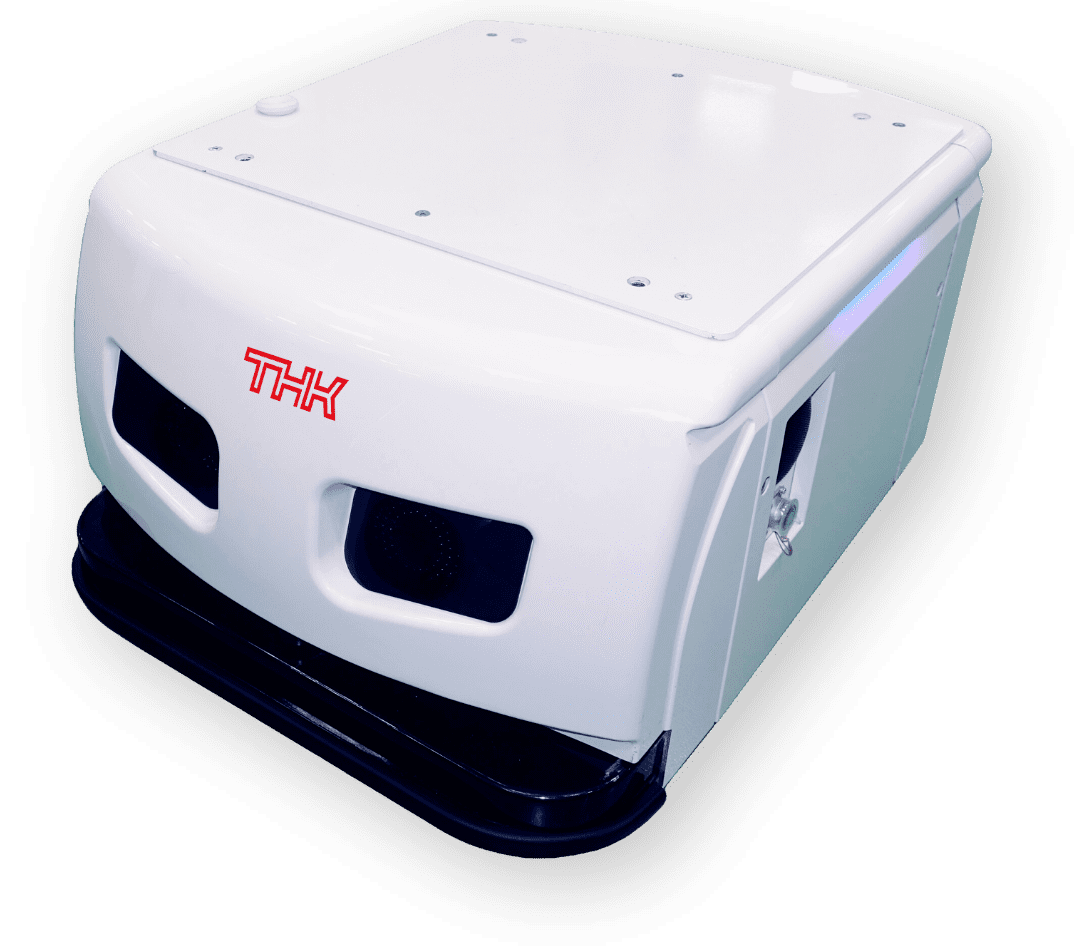
不要
強い
多台数制御
AGV、AMRの導入で
以下のお困りごとは
ありませんか?
構内物流のご担当者様
-
ルートテープの張り替えや
メンテナンスが大変 -
ルートテープで
床を汚したくない -
レイアウトが変わるたびに走行経路を
変更するのが大変 -
建屋内の路面が悪く
頻繁に脱線してしまう -
ロボットを使いたいが
ティーチングが大変

搬送ロボの導入にお困りのお客様へ
THKが独自開発した
搬送ロボットをご紹介!
(THK 独自開発!) ルートテープレスの「サインポスト誘導方式」
SIGNASは内臓カメラで動作の目印となるサインポストを認識し走行するため
地図設定やルートテープが不要、購入したその日からお使いいただけます。
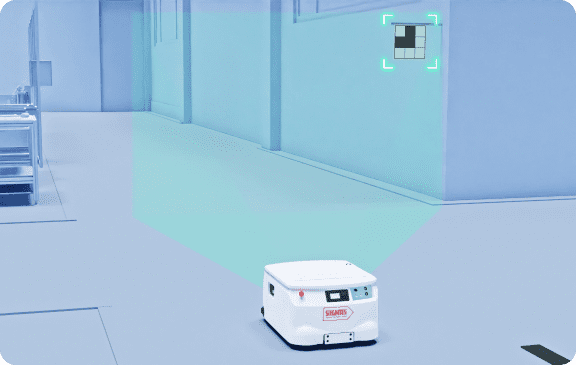
ティーチングが容易
- 目印(サインポスト)を設置するだけで OK
- 簡単設定でプログラム知識を有さなくても OK
レイアウト変更が手軽
- ルートテープを剥がす作業や貼り直しが不要
- 難しいマッピング作業が不要
シンプルなシステム構成
- 上位システム、地図情報レスで動作可能
- スタンドアロン動作可能で、
通信環境やセキュリティに左右されない
豊富な搬送実績、
さまざまな業界で活躍するSIGNAS
SIGNASは
積載・牽引 どちらも使用可能!
製造業界
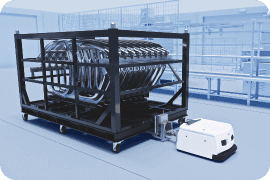
製造治具
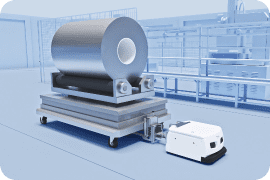
フィルム、原反ロール

部品箱

製造台車
物流業界

ハンドリフト、パレット

6輪カート
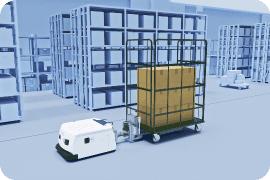
かご台車
重量物を運びたいお客様に…
1t(1000kg)牽引対応の
パワーアップ版をご用意!!

- SIGNAS-BM 標準機
- 許容牽引荷重 500kg
- 許容牽引荷重 150kg
- SG-BM1T パワーアップ版
- 許容牽引荷重 1t(1000kg)
FA設備との連携で
搬送+αの自動化を実現!
ロボットとの連携/搭載
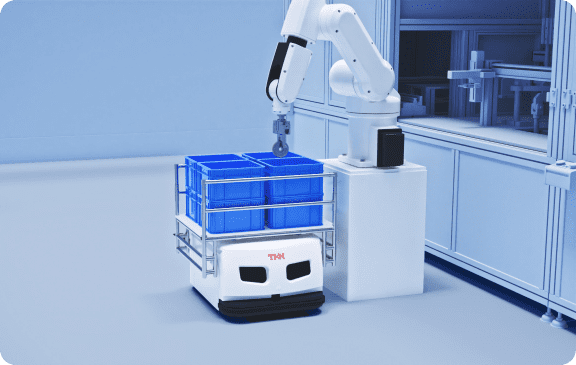

電子機器メーカー様

自動充電に対応
従来人が行っていた生産ラインから検査機へのワーク受け渡しを自動化。
検査工程の夜間稼働を実現!
ロールシャッターエレベータ連携/搭載


機械メーカー様

遠隔呼び出しに対応!
完成品を別フロアの倉庫まで自動で搬送。
作業者は組み立て作業に専念し生産性アップ!
導入相談・費用について
お気軽にお問い合わせください
様々な路面状況に対応!

登坂斜度 最大5度

段差乗越 最大10㎜

乗越溝幅 最大50㎜

グレーチング走行

アスファルト走行
グレーチング、アスファルト、
縞鋼板、コンクリートなど、
凸凹した路面も走行可能
*登坂斜度:5°/ 段差乗越:10mm /
乗越溝幅:50mm
建築現場での資材運搬や工場内の物流を担う一般的なAGV(無人搬送車)では使用場所や用途が限られるのに対し、「SIGNAS®」は例えば段差やスロープのある場所や、屋外と屋内を行き来するエリアなどでも運用が可能です。使用環境やスペース、運搬物などの条件に合わせて、幅広い用途にお役立ていただけます。
必要な機器を
ワンパッケージでご提供!
お求めいただいたその日からお客様にて設定、運用いただけます。

本体
- バッテリーはリチウムか鉛を選択いただけます。
-
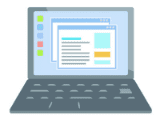
ノートPC
-

充電器
-

リモート
コントローラ
サインポスト
- サインポストは、走行経路に相当する数量が必要です。
- ノートPC※1
- 充電器※1
- リモートコントローラ※1
- リチウムバッテリー
又は鉛バッテリー - 磁気センサユニット
- ワイヤレス充電※2
- 交差点制御
- 2台目以降の本体購入では、1台目に購入した①②③を代用することが可能です
- ワイヤレス充電を付けた場合、⑤は必須となります
導入までの流れ
step01
現状の確認

- 荷姿(重さ、サイズ)
- サイクルタイム
- 走行経路(距離、道幅等の詳細)
- 外部連携など
- 必要に応じてNDAを締結
step02
現地調査

- レイアウトの確認
- 寸法確認
- 必要に応じてデモ、試走
step03
ご提案書の提出

- 本ルートでの試走
- ワークを実際に牽引
- 凸凹路面、斜面、水路面環境、
半屋外で走行 - 費用対効果
step04
納入仕様書の提出

step05
ご発注

step06
設置前立会
現地設置

- 稼働確認
専門の営業+技術サポートチームが
お客様の自動化に従走します!

搬送自動化や
周辺機器との連携まで、
横想段階からご支援します!
よくあるご質問
搬送ロボット SIGNAS® のデモ機を見学することは可能でしょうか?
可能です。弊社本社もしくは、中部テクニカルセンター、福岡ソリューションセンターにございますので、お近くの支店もしくは、FAソリューション営業本部までご連絡ください。
搬送ロボット SIGNAS® の走行のテストをお願いすることは可能ですか?
可能です。お近くの支店もしくは、FAソリューション営業本部までご連絡いただければ、実機を持ってお伺いさせていただきます。
お問い合わせフォームからでも、ご連絡は可能です。
現場を見ていただき、導入に向けた相談をしたいのですが。
現場調査が現場改善、自動化への第一歩となります。現場を確認致しますので、お近くの支店もしくは、FAソリューション営業本部まで、ご連絡ください。お問い合わせフォームからでも、ご連絡は可能です。
デモンストレーションや
サンプルテストをご希望の場合は、
お問合せフォームから
お申込みください。




